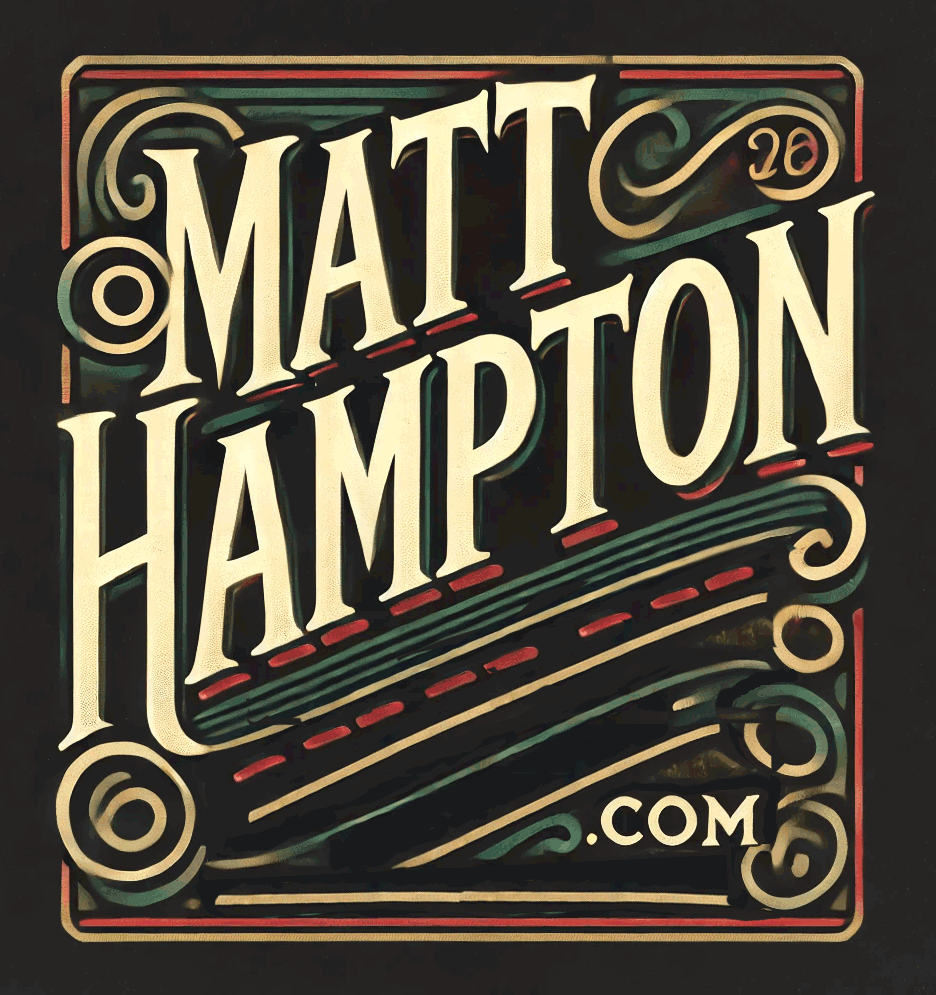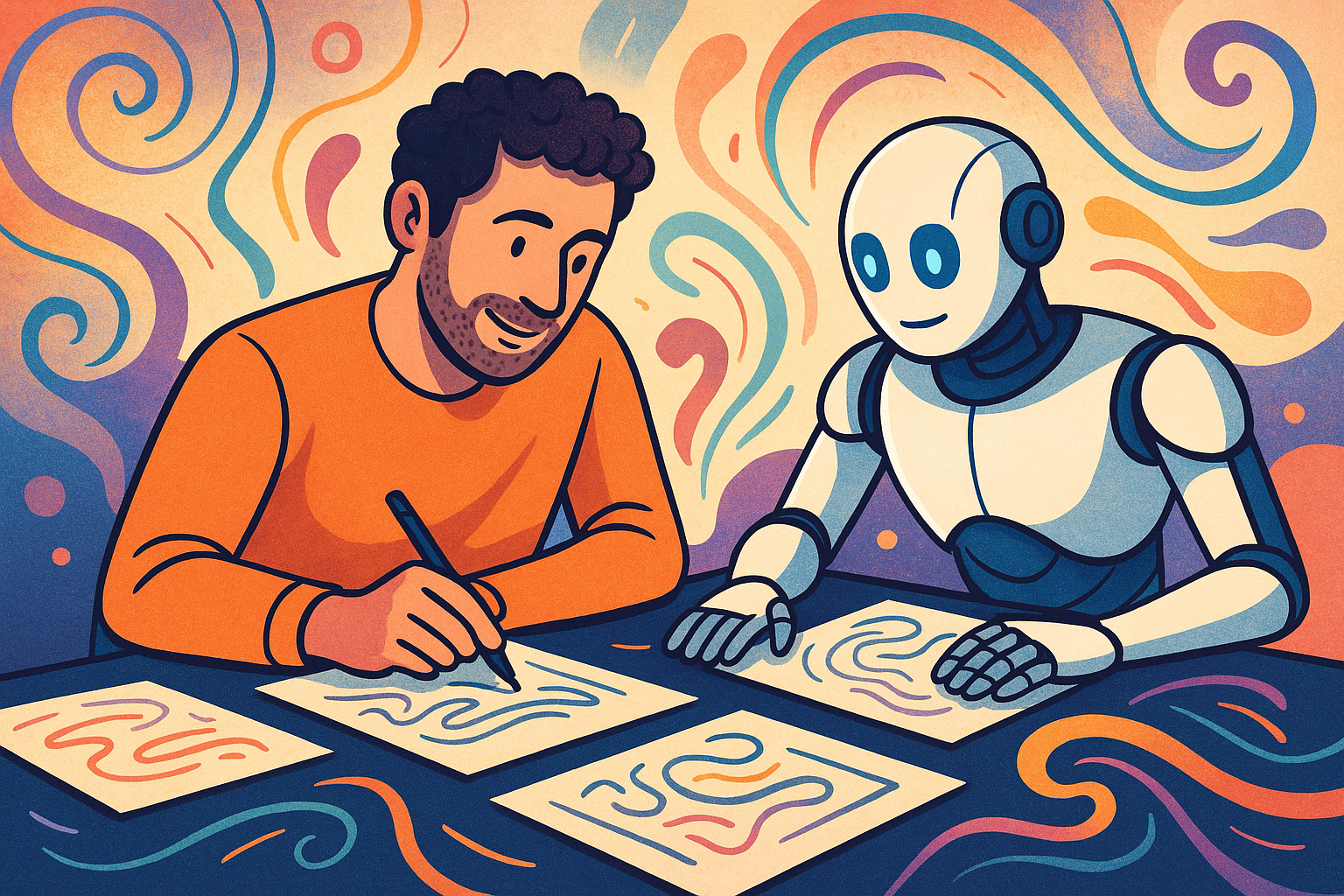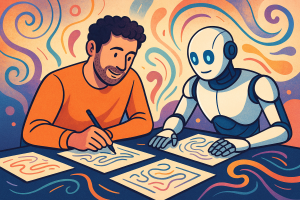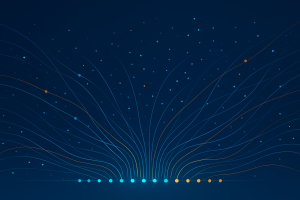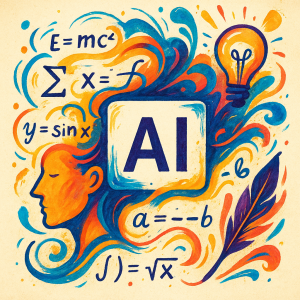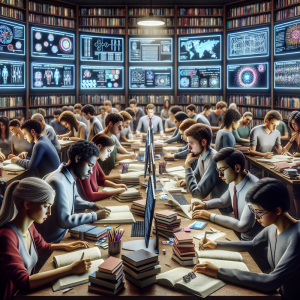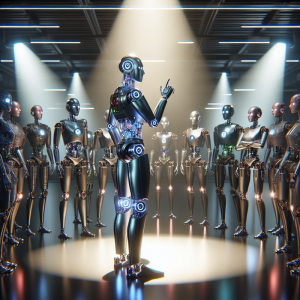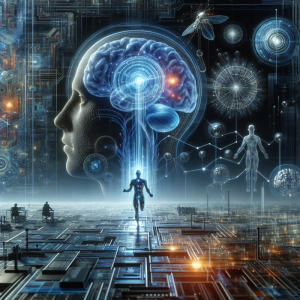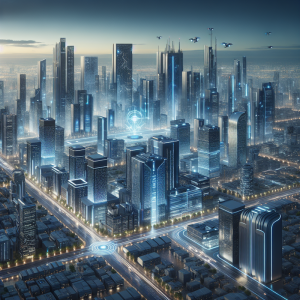Why “Tool” Isn’t the Right Word Anymore
For a few years now, we’ve framed AI as a “tool”. Something to automate tasks, crunch data, or speed up workflows. But framing AI as just a tool is like calling a piano a “wooden box with strings.” Technically sure, but it is wildly incomplete. What’s actually emerging is something bigger: AI as a creative partner. Not a replacement for human imagination, but an amplifier of it. Not “do it for me” but “do it with me”.
This is where we are coming into our own.
Why Automation Alone Misses the Point
The biggest mistake organizations make with AI? They ask the wrong question: “What tasks can it take off my plate?” That obsession with automation keeps them stuck at the shallow end. Sure, AI can shave hours off emails or reports but that’s barely scratching the surface. The real opportunity is co-creation: building systems where humans and AI riff off each other like jazz musicians, not assembly-line workers. The Industrial Revolution taught us to worship efficiency and task reduction. Useful then, but a dead weight now. In the age of AI, it’s the wrong lens entirely.
From Solo Work to Syncing with AI
Co-creation requires a mindset shift. Full stop. Instead of treating AI as an output machine, you treat it as a thought partner, consider the inputs, and imagine the most perfect outcome for you. That means:
-
Ideation loops: AI suggests, you refine, it pivots, you iterate. Rinse and repeat. Unless we are talking about a quantum overlay, AI lacks our imagination. Insert into this loop and the possibilities are endless (and the quantum piece… whoa).
-
Prototype acceleration: AI drafts, you test, it regenerates, you steer. It’s like you most attentive creative partner complete with its own idiosyncratic neurosis (yes, these tools do in fact have personalities you have to contend with).
-
Adaptive learning: AI observes your preferences and begins to anticipate your style of thinking. But still, you need to steer. You can’t get away from that. You shouldn’t even try. Lean in. Lean in hard.
It’s less about delegation and more about collaboration. Let that sit for a moment. Less “Alexa, do this for me” and more “Let’s figure this out together.”
Where Co-Creation Already Works
There are already several examples of this working quite well out there. They do however tend to bubble up to some more-or-less predictable buckets (for now).
-
Marketing Campaigns: Instead of a team slogging through 50 half-baked slogans, AI drafts the raw clay. Humans sculpt it into something that resonates with brand voice and cultural nuance. Rather than spending weeks on researching, these are designed in real time based on up-to-the-minute information fed to the model. If you could make your employee do this, you already would have.
-
Product Development: AI models identify cross-industry patterns say, how logistics networks mirror neural networks. Humans connect that to an entirely new design framework. We can quickly role play user scenarios and quickly roll through things that won’t work saving a ton of time and money in the process. We can have the equivalent of hundreds of engineers working at your dining room table. Imagine that for a moment.
-
Healthcare Research: AI sifts millions of clinical studies for overlooked correlations. Researchers step in to validate, interpret, and reframe the next experiment. This is one of the domains where synthetic data becomes very interesting. If humans had the time, we could observe for millennia and learn from those observations. AI brings that to our doorstep which, if it is not exciting to you, you are not paying attention or need to work on this change.
In every case, AI is not replacing the human, it’s unlocking angles that were previously invisible. It is flattening the academics of the world and integrating that knowledge with the most creative who dare to push this. It could not be more exciting for us and I personally can’t wait to see where this goes.
Near-Term Wins and Long-Term Vision
Short-term (1–3 years): Expect AI systems that adapt to you. Think personal copilots that learn your preferences, not just global averages. They’ll speed up iteration cycles in writing, coding, and design. Our focus with current clients rests decidedly here for the most part. This makes sense. We too are working through things that work, don’t work, and so on.
Long-term (5–10+ years): This is the harder part as we now know for sure that a day could be the difference between a single-celled organism, and a bipedal entity. That said, the horizon is AI agents that not only adapt but predict your next move. Systems that co-decide with you, co-create strategies, and reframe problems before you even know they exist. This is the era where “workflow” doesn’t quite capture it anymore, it’s more like a duet.
The Hard Questions Ahead
-
Trust: Are you comfortable letting a machine shape your creative process? If not, why? What would you have to do to get integrated into this flow? You should endeavor to get there as quickly as possible because your competition likely already is.
-
Control: How much steering do you need before it feels “yours”? Is that assumption based on a pre-AI model? Does it need re-visiting? My guess is yes, yes it does.
-
Ownership: If an AI helps invent the next big idea, who owns it? What is our new definition of “ours”? The guy who won a photo competition with his AI-generated photo, in my view, was every bit the “artist” than if he shot it; maybe even more so. I am also a photographer so I understand first-hand how hard it is to take a great shot. But that all happens in moments leading up to a button press. I am not a big post guy so I don’t dive too deep down filter land, color correction, etc. but having the ability to literally “sculpt” a photograph takes methodical interpretation and ninja-like prompting skills to get that accomplished (at least in a meaningful way). We need to each define what “ownership” means in this new paradigm.
-
Dependency: At what point does co-creation become co-reliance? Or, the dark side of AI. On its face, AI demand crystal clear thinking for amazing results. That said, it also produces “good enough” outcome with absolutely poor inputs that are the opposite of well thought out. As we know from the Apple headphones example, you can hypnotize and entire planet to think the sound that comes out of those abominations are “good” simply by including them for free in every phone purchase for a long enough period of time. It does not make their sound good, just makes it acceptable. AI can, and does, also do this. The way to stand out in the crowd is to illustrate your lack of dependency with absolute clarity of thought.
These aren’t small questions. But they’re the kinds of questions every major shift in human creativity has forced us to wrestle with. The printing press, photography itself, the internet. AI is just the latest remix (with a lot more brawn for sure).
Why This Matters Now
AI isn’t slowing down, and neither are the people experimenting with it. The leap forward won’t come from squeezing out more tasks, it will come from re-imagining what collaboration even means.
Once you stop treating AI as a glorified calculator of Google search and start treating it as a co-creator, everything changes. You get ideas you never would have thought of. You see patterns you didn’t know were there. And suddenly, “playing with AI” feels a lot more like partnering with AI. And, if done correctly, should.
That’s the new era we’re stepping into. And it’s the one we’re helping clients step into, too.
